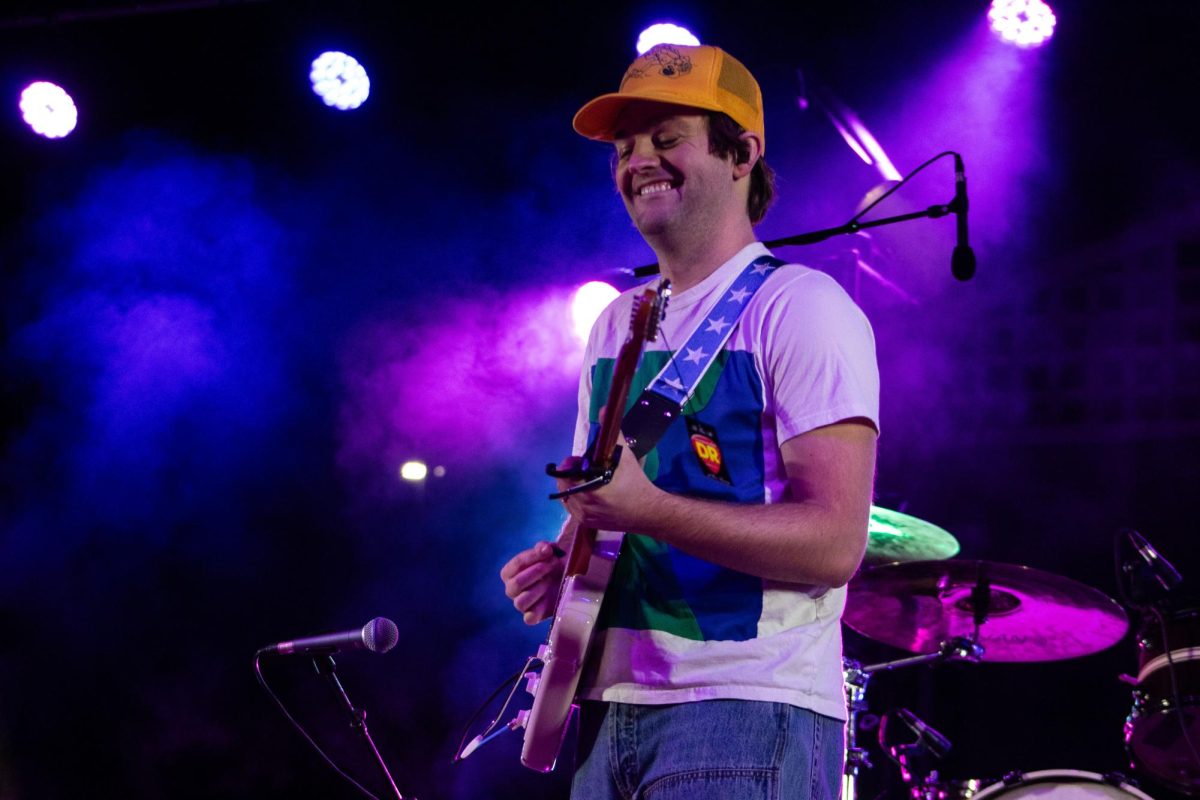With the turn of the decade amongst us, many have dubbed this past New Year’s the second edition of the 20th century’s Roaring Twenties. On New Year’s Eve, social media was flooded with renditions of fringed flapper dresses, feathered headbands and elbow-length chiffon gloves, all highlighting the recent monumental turnover in history.
The Roaring Twenties reigns in history books as the era of extreme glamor, luxury, decadence and, of course, jazz. Clad in proper 1920s attire, social media posts indicate this decade as the new Roaring Twenties with a modern twist. In lieu of this new decade unfolding, I researched various habits and trends from the 1920s, compared them with a modern outtake on this new Roaring Twenties and gathered student opinions on new trends.
In terms of technological innovations, the commercial radio was taken by storm in the 1920s, connecting more people with the audio outlets for announcements, talk shows and sports broadcasting.
Ross McLeod, a sophomore majoring in civil engineering, believes the popularity of radio has remained fairly consistent since its first debut. “Announcements, news and sports are still a big part of the radio today. As people travel down the road, they listen to the football game or baseball game,” McLeod said.
While the radio remains a central figure in today’s form of media, McLeod says radio has since expanded into other forms of broadcasting, music-playing and commercializing.
“The radio has a lot of music, but music has started to branch into its own thing in getting away from the radio while also still playing a large part in the radio. People have their own iPods they still use to listen to music rather than having to listen to the commercials on the radio. Music has come off from the radio and is on services like Spotify and Apple Music,” McLeod said.
Dance marathons were also a popular fad of the 1920s as younger generations of people spent more time in nightclubs, hashing out signature moves like the Charleston and the shimmy. Gabby Brown, a sophomore majoring in biochemistry, says dance is still a big deal today as seen in dance-based television programs.
“‘World of Dance’ is a new show hosted by celebrities and dancers of this generation like J-Lo, Ne-Yo and Derek Hough. They bring different modern dances and different dance groups to battle for a prize in the end,” Brown said.
Brown says music and dance from the 1920s may come back during the 2020s.
“1920s dance moves I see coming back would be focused on jazz and different partner dances. Just from what I’ve seen in ‘World of Dance,’ there are a bunch of different partner dances dealing with jazz,” she noted.
Brown also says signature dance trends mark decades.
“I feel like people are creating new dance moves every day. Back a few years ago, it was the Dougie—just kind of moving your shoulders—and that became popular. (There are) different dance numbers like the wobble. Now it’s the shoop, whip, nae nae—the classics. I feel like anything could be a dance move now,” she said.
Not available in the 1920s, social media affects the popularity of these modern dance moves. Brown says social media plays a big role in getting the word out for different dances.
“Fortnite also has dances based off of what is shown on social media. I feel like different outlets like that get (certain dances) out to different parts of the world. The boy who created the floss dance has now gone viral just for a simple move. I think social media plays a big role in uniting the world through dance,” Brown noted.
In terms of attitudes, 1920s women broke away from the oppression of years prior, embracing a newer and freer lifestyle. According to Simple Most, many women of the 1920s used their newfound liberation from men to drain men of their bank accounts as payback for their previous years of modesty and confinement. A modern equivalent reigns today in the frequency of the femme fatale, female heist movies which have come out in the latter half of the previous decade.
Recently, movies with men as the main characters, movies such as ‘Ocean’s 8’ and ‘The Hustle,’ have been rewritten to include women as the main characters as they take over the hustling scene. The essence of the girl gang is on the rise, and the rate of female hustler movies indicates a trend similar to the women of the 1920s who shamelessly swiped the hearts and bank accounts of men.
Nina Diggs, a senior majoring in finance, says such media remakes and portrayals of female leads transform the idea of the 1920s flappers into a modern context that promotes female bonds.
“‘Ocean’s 8’ is the new remake of the other ‘Ocean’s’ series, which was originally all-male. Now this one’s all-female, and they rob the Met Gala. Not saying we should go around robbing people, but just the fact that women can come together and make it happen while nobody suspected it and they were never caught is really cool,” Diggs said.
With all the different factors affecting the lifestyles and cultures of the 21st century, there are still instances where modern practices and technologies attribute their origins to those popularizing them from 100 years ago. With social media and media, in general, affecting the ways in which these lifestyles are executed, they continue to parallel with trends from the 19th century. So, perhaps the statement reigns true—2020 is the new Roaring Twenties, just in a new digital age.









